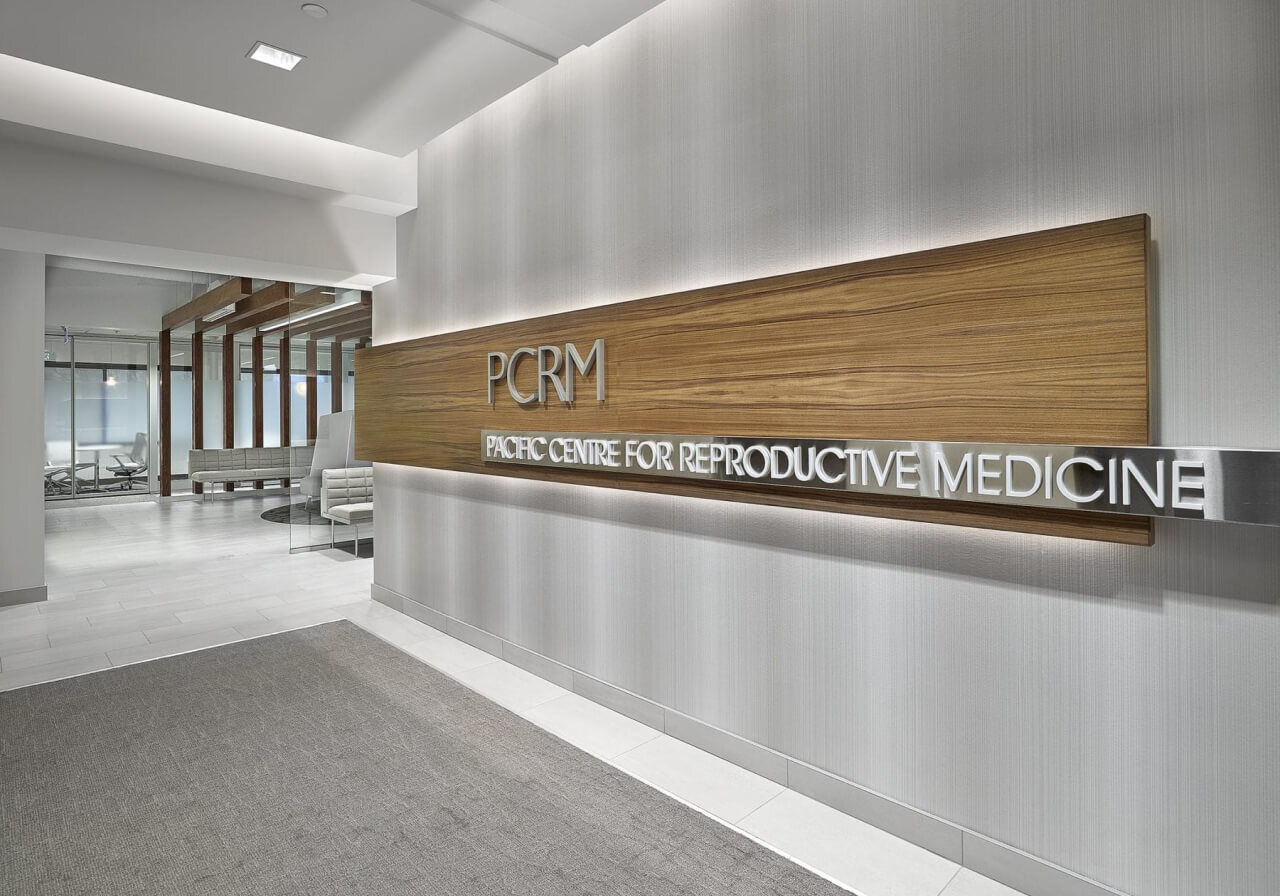Non-Invasive Prenatal Testing (NIPT)
At PCRM, we offer a number of prenatal testing services to ensure you and your baby have a healthy experience during pregnancy, delivery, and beyond. Learn more about our comprehensive non-invasive prenatal testing (NIPT) services.
How does NIPT work?
Non-Invasive Prenatal Testing (NIPT) is a single blood test that uses a special genetic technology to screen pregnancies for the most common chromosome differences. It can also inform you of the sex of your baby, if desired. This new test can be completed as early as 10 weeks gestation, with no risk to the pregnancy. NIPT analyzes the DNA in your blood (your DNA as well as fetal DNA) to screen the pregnancy for the following chromosome differences:
- Trisomy 21 (Down syndrome)
- Trisomy 18 (Edwards syndrome)
- Trisomy 13 (Patau syndrome)
- Sex chromosome differences such as Monosomy X, Triple X (XXX), Klinefelter syndrome (XXY), and Jacob syndrome (XYY)
What conditions can NIPT screen for?
NIPT can screen pregnancies for Trisomy 13, Trisomy 18, Trisomy 21, and sex chromosome differences. While they are each caused by a missing or extra copy of a chromosome, they have distinct features. Please contact one of our genetic counselors if you would like to discuss these conditions further. Alternatively, Genetics Home Reference is a useful resource to learn more about these genetic conditions. For example, more information about Down syndrome can be found here.

